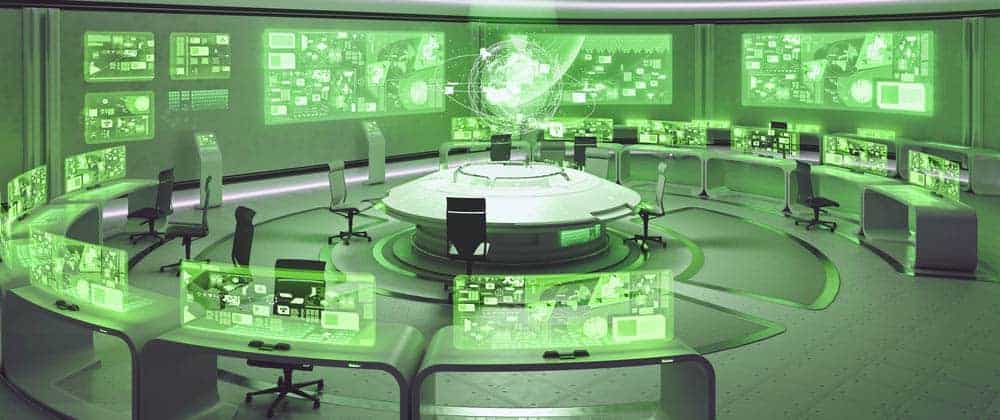Strategic purchasing as a driver of innovation


The scope of the task has expanded more and more: It has been recognized that purchasing can deliver an ever greater value contribution if purchasing volumes are bundled on a higher level and purchasing itself cooperates more closely with the business units.
This development was initially driven by the desire to save costs. The ever-increasing degree of automation in purchasing then not only ensured cost reductions, but also led to the freeing up of resources through which more and more strategic tasks can be performed without neglecting compliance and valid guidelines:
Procurement" gradually became "strategic purchasing" as a business partner for all business areas with the aims of realizing a high value contribution for the company, driving forward innovations with suppliers and operating consistent supplier and procurement risk management.
It is possible that the change in the role of the Chief Procurement Officer will go so far that in the future he or she may be referred to as the Chief Value Officer.
 Thanks to this change in function, the purchasing department is now able not only to identify requirements at an early stage together with the respective business unit, but also to develop innovations and optimize processes.
Thanks to this change in function, the purchasing department is now able not only to identify requirements at an early stage together with the respective business unit, but also to develop innovations and optimize processes.
Since strategic purchasing now has overarching insight into all business units, it can make best practices that have been implemented in one business unit available to other business units for similar purchasing operations.
Another important step is the role as innovation driver: Through development partnerships, Purchasing succeeds in generating innovations together with the business units and the suppliers.
Exemplary at this point are the automotive industry and aircraft construction, where such development partnerships have been practiced for many years, producing numerous innovative products and customer-oriented solutions.
This experience must now be transferred to other industries. Strategic purchasing will play a key role here.
The topics of risk management and corporate social responsibility (CSR) are also actively promoted by strategic purchasing. Along the end-to-end supply chain, it must be ensured that all suppliers adhere to the same rules: that sustainable raw materials are used and quality specifications are met, that child labor is avoided, and that any disadvantaged minorities are supported.
One thing is certain: The role of suppliers is becoming increasingly important in the global scene in which companies find themselves today, and with it the management of the entire supply chain, not least by strategic purchasing.
New trends in times of digitalization of the business world such as Industry 4.0 or Internet of Things are promoted by Purchasing, business networks and trading platforms are used strategically to optimize purchasing activity and reduce transaction costs.
20 percent more productivity
Automation continues to take a high priority in the transformation of procurement to strategic sourcing. To speak pro domo: In 2012, SAP acquired the cloud commerce network Ariba and integrated it into the company - at the time, I was Global Chief Procurement Officer at SAP.
With the help of Ariba, SAP can now offer its approximately 300,000 customers worldwide complete strategic end-to-end source-to-pay solutions. Ariba, as the company is called, optimizes all processing steps from tendering to automated ordering, invoicing and payment at both the ordering party and the supplier, and automates the entire purchasing process.
Current customer demand is steadily increasing and the trend towards using cloud solutions is growing steadily. Since 2014, SAP has been expanding this comprehensive offering with Fieldglass, which covers the management of temporary employees, and Concur, in which the travel booking and accounting process is automated.
For internal strategic purchasing, which had a volume of €4.8 billion in 2016, SAP works with around 6,000 suppliers on the Ariba network.
Across the global Ariba network, including those outside the SAP group, approximately 2.5 million suppliers offer their products, with transaction volumes exceeding $1 trillion over the past twelve months.
Back to Ariba: At the time of the acquisition, SAP had already automated about 50 percent of the approximately 800,000 annual invoices. To date, SAP has increased the level of automation to about 80 percent through the full implementation of Ariba Purchase Order Invoice Automation.
The ultimate goal will be to automate more than 85 percent of all invoices - we will probably never be able to reach 100 percent, for example due to different tax or regulatory requirements in a total of 190 countries in which SAP is active - you have to remain realistic.
Regardless of this, strategic purchasing will continue to develop. We are already seeing warehouses automating their entire purchasing processes.
Another example
Thanks to 3D printing technology, in the medium and longer term, spare parts and product parts no longer have to be laboriously researched and requested - instead, they go into print as needed. And trends such as Industry 4.0 make it possible, for example, for an aircraft to report to the ground station during flight that a spare part needs to be replaced.
This means that all preparatory work can be completed well before the aircraft rolls into the hangar. The time on the ground is thus considerably shorter.
Such developments will ensure that strategic purchasing will and must change dramatically to ensure that it continues to play a leading role in the company of the future and also remains unchallenged.
Anticipating such trends and developments in good time and being able to translate them into appropriate offers for our customers is where our cooperation with the Hackett Group within the framework of the Vendor Intelligence Program (VIP) plays a key role.
Hackett's numerous studies and surveys, as well as the immense volume of data and insights gained from many hundreds of consultations, provide us with the necessary foundations with which to develop and offer solutions for our customers in the automation sector.
To this end, Hackett also provides data and insights on individual industries and their different needs, thus providing templates on changes and new requirements.
Add to that the benchmark section to get comparative data on different industries and customers. Hackett provides independent evidence on how customers can improve their performance, how much time it takes to payback, and how the implementation can be realized.
Strategic purchasing as personnel marketing
One thing is clear: With all these development steps and the shift of many processes to the cloud and through the Internet of Things, the human factor must not be neglected.
Intensive education and training are necessary to prepare employees and motivate them to consistently implement strategic purchasing and reap its benefits - intensive change management is absolutely essential.
It is also advisable to develop and conduct employee workshops together with suppliers in order to holistically improve purchasing modalities and processes in a way that benefits everyone involved.
All of this costs time and money, but quickly pays off in a measurable increase in value for the company. This also makes the purchasing area increasingly attractive for potential employees and can become the best personnel pool in the company:
There is no better department to get a comprehensive overview of the company, the overall business model and the corporate strategy.
This offers employees the opportunity to decide after a certain period of time in which business units they want to continue to be active in order to make a career - such possible changes then in turn have a positive effect on the function of strategic purchasing as a business partner of the business units.
On the other hand, strategic purchasing itself must be very flexible: The new employees demand flexible working hours, fast interaction and rapid exchange of information with colleagues and managers via mobile devices or social media, ideally with immediate feedback.
Conclusion
At Ariba, we have and will continue to lead future developments in strategic sourcing and to develop and deploy new technologies ourselves in a targeted manner - for the benefit of our own company and, above all, for the benefit of our customers.






